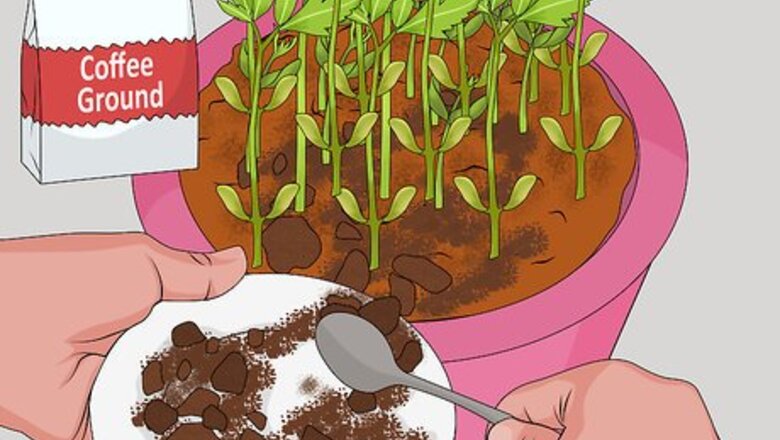
views
Fertilizing With Food Products

Use coffee grounds as fertilizer. Used coffee grounds contain good nutrients for plants like nitrogen, phosphoric acid, and potash. They are particularly good for blueberries, evergreens, azaleas, roses, and fruit trees. Use your own coffee grounds or ask coffee shops for their used grounds. Let the used coffee grounds dry and then scatter them like mulch over your plants. Do not use wet ones, as they will mold. EXPERT TIP Steve Masley Steve Masley Home & Garden Specialist Steve Masley has been designing and maintaining organic vegetable gardens in the San Francisco Bay Area for over 30 years. He is an Organic Gardening Consultant and Founder of Grow-It-Organically, a website that teaches clients and students the ins and outs of organic vegetable gardening. In 2007 and 2008, Steve taught the Local Sustainable Agriculture Field Practicum at Stanford University. Steve Masley Steve Masley Home & Garden Specialist Using natural fertilizers is great for your garden. The team at Grow it Organically agrees: "The health of the soil determines the health of the plants to a really large extent. When you use natural fertilizers, you're relying on the microorganisms in the soil to take care of the nutrient needs of your plants. That's how nutrients are cycled in nature, so it's really good for the plants."
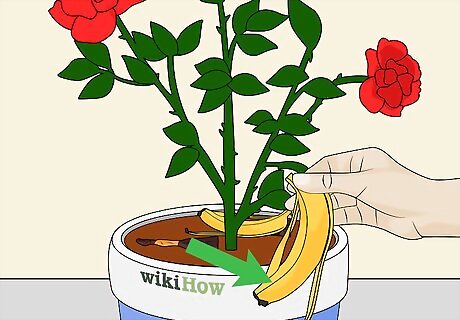
Fertilize the garden with bananas. Bananas are great for providing potassium for the plants, especially roses. Bury a whole banana, or just the peel, in the top layer of soil next to rose bushes and other plants. Over time, replace the bananas with fresh ones.
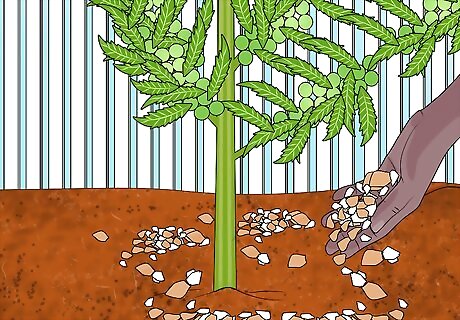
Add egg shells to the garden. Egg shells contain beneficial nutrients for plants like nitrogen, phosphoric acid, and calcium. Crush up egg shells in an old coffee grinder and sprinkle them on your garden soil for a natural fertilizer. Get in the habit of adding fresh ground egg shells to your soil once a week. Plant roots need a steady supply of calcium, which can be found in egg shells, to thrive.
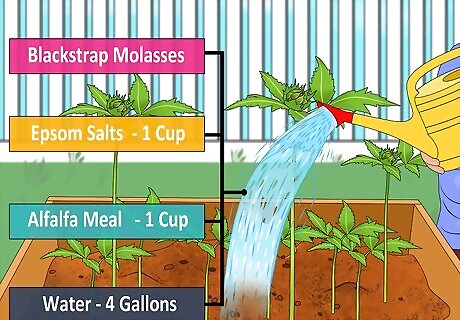
Fertilize the garden with Blackstrap molasses. Blackstrap molasses contains carbon, iron, sulfur, potash, calcium, manganese, magnesium, and potassium, which are all great for plants. Mix Blackstrap molasses with 1 cup (236 ml) epsom salts and 1 cup (236 ml) alfalfa meal. Dissolve the mixture in 4 gallons (15 L) of water and then spread it on your garden. Molasses also feeds beneficial bacteria in the soil, which will keep your plants healthy and happy.
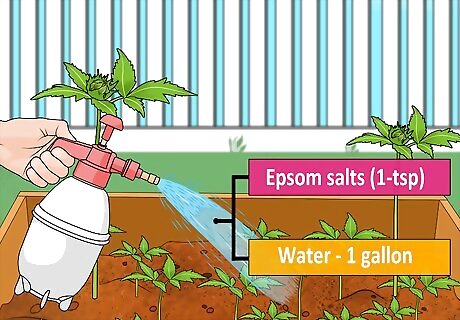
Soak the garden with epsom salts. Epsom salts are great for encouraging plant growth and seed germination. Combine 1 tablespoon (14 ml) of Epsom salts with 1 gallon (3.7L) of water. Put the mixture in a spray bottle and apply it to the foliage in the garden. The Epsom salts can also increase fruit and flower production for roses, tomatoes, peppers, potatoes, and indoor houseplants.
Using Plants and Wood Ash as Fertilizer

Use grass clippings. Grass clippings make great organic fertilizer as they provide moisture for the soil and prevent weeds from cropping up. Use freshly cut grass from lawns that have not been treated with herbicides. Sprinkle a ½ inch (1.27 cm) layer of grass clippings on the soil as fertilizer. Depending on how much grass you have, you may be able to cut grass clippings for your garden every one to two weeks.
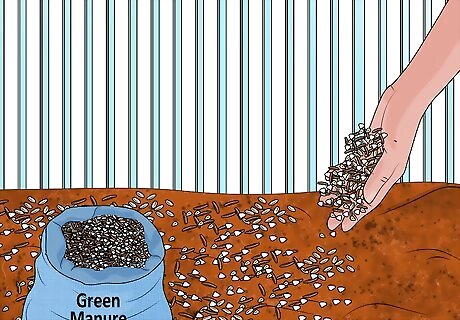
Make green manure with plants. Green manure is a good, natural fertilizer for your garden. Combine wheat, oats, rye, clover, peas, vetch, buckwheat, and broad beans. Then, spread the manure over the soil in your garden. Do this once a season. You can buy the ingredients for green manure at your local gardening store or online.
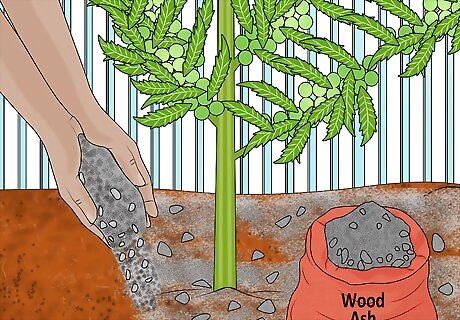
Use wood ash or sawdust as fertilizer. Wood ash and sawdust add calcium and potassium to the soil. They can also help to raise the pH of the soil if it is too acidic, making it more hospitable to neutral pH plants like vegetables. Sprinkle wood ash or sawdust to the soil. Use five pounds (2.5 kg) of wood ash or sawdust for every 100 square feet (9 square metres) of soil. You can get wood ash from the bottom of your fireplace or your fire pit. You can get sawdust from your local woodshop.
Fertilizing with Animal Products
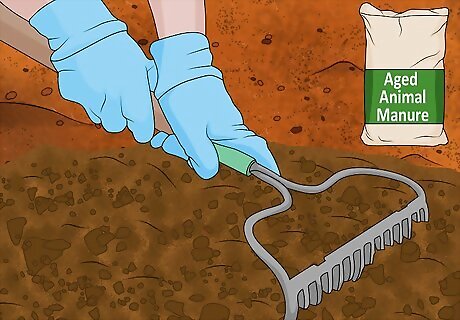
Fertilize the garden with aged animal manure. Manure is a great natural fertilizer for the garden. Use manure from cows, horses, pigs, and dogs. Make sure you age it for six months, as fresh manure is too overpowering for plants. Spread aged manure in a ¼ to ½ inch (0.6-1.27 cm) layer over your garden soil. You can also till it or mix it in by hand. You can buy aged manure at your local gardening center. Put animal manure in the garden in the fall or winter, before you do any spring planting.
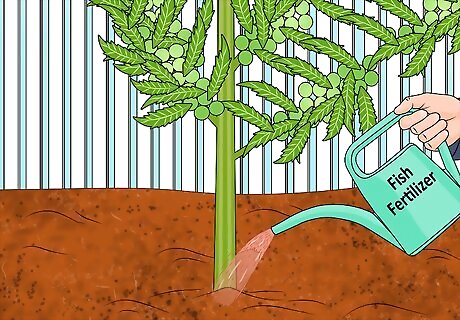
Use fish guts and bones to make fish fertilizer. Fish guts, bones, and heads are a great source of plant nutrients like nitrogen, potassium, phosphorous acid, and amino acids. You can use fresh guts, bones, and heads from fish like tuna or salmon. Or, freeze fish parts during the year so you can make fish fertilizer in the spring. Collect fish parts from your own cooking or buy fish parts from your local fish merchant. Combine 1 part fish with 2 parts water in an airtight container. Place it in a sunny spot far from your home to avoid the smell. Stir the mixture every two days for about two weeks. Then, apply the fish fertilizer to your garden. You can also take the aquarium water from your tank and use it to fertilize the garden. Only use fresh water from a fresh water tank, not salt water. Fish fertilizer is particularly good for leafy greens, beets, Brussel sprouts, and broccoli.

Fertilize with worm castings. Worm castings contain beneficial nutrients for the soil. You can buy worm castings from your local gardening store or start a worm farm and make your own. Spread the worm castings over the soil to fertilize it. Add enough worm castings to cover the soil completely in a thin layer.














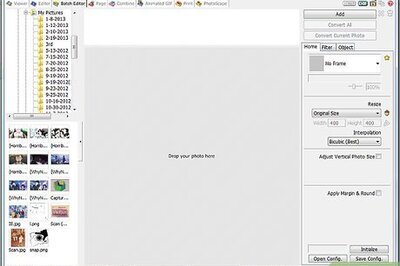
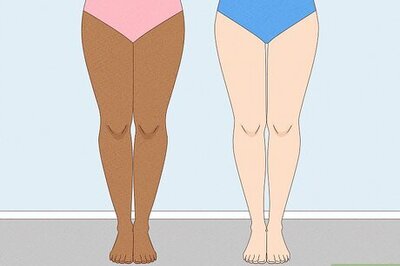




Comments
0 comment